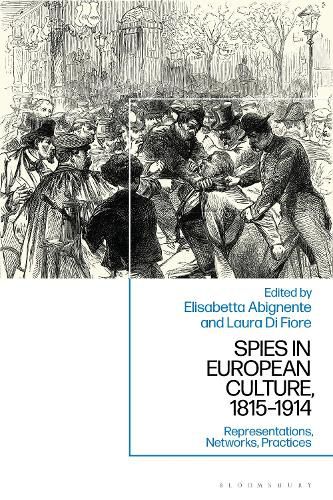Readings Newsletter
Become a Readings Member to make your shopping experience even easier.
Sign in or sign up for free!
You’re not far away from qualifying for FREE standard shipping within Australia
You’ve qualified for FREE standard shipping within Australia
The cart is loading…






This volume brings together academics from the USA and across Europe to examine the nature, representations and perceptions of the figure of the spy in Europe between 1815 and 1914. As such, it is the first scholarly investigation of the genesis both of contemporary espionage and of the cultural imagination associated with it.
Spies in European Culture, 1815-1914 sheds light on the founding moment of espionage and the use of secrecy in politics in the contemporary age. It successfully argues that the 19th century saw the development of a cultural-historical process in which disruptive novelties like the disguise, the secret and the double identity simultaneously assailed the spheres of the state, the self and the imaginary, ushering in distinctive features of society in the modern era in the process. This global phenomenon, in which state and society, but also reality and fiction, were profoundly intertwined, is therefore investigated by means of a transdisciplinary analysis that considers both the politico-institutional and the cultural planes that existed at the time.
$9.00 standard shipping within Australia
FREE standard shipping within Australia for orders over $100.00
Express & International shipping calculated at checkout
This volume brings together academics from the USA and across Europe to examine the nature, representations and perceptions of the figure of the spy in Europe between 1815 and 1914. As such, it is the first scholarly investigation of the genesis both of contemporary espionage and of the cultural imagination associated with it.
Spies in European Culture, 1815-1914 sheds light on the founding moment of espionage and the use of secrecy in politics in the contemporary age. It successfully argues that the 19th century saw the development of a cultural-historical process in which disruptive novelties like the disguise, the secret and the double identity simultaneously assailed the spheres of the state, the self and the imaginary, ushering in distinctive features of society in the modern era in the process. This global phenomenon, in which state and society, but also reality and fiction, were profoundly intertwined, is therefore investigated by means of a transdisciplinary analysis that considers both the politico-institutional and the cultural planes that existed at the time.